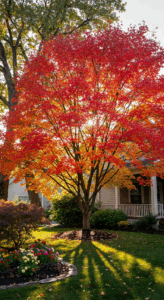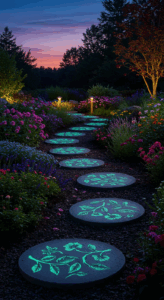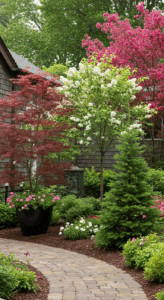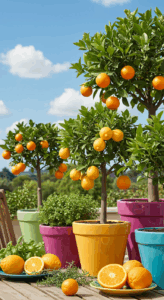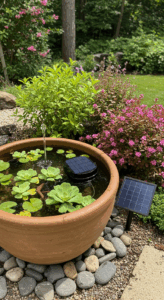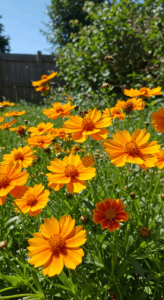1. Choose Perennials for Year-Round Beauty
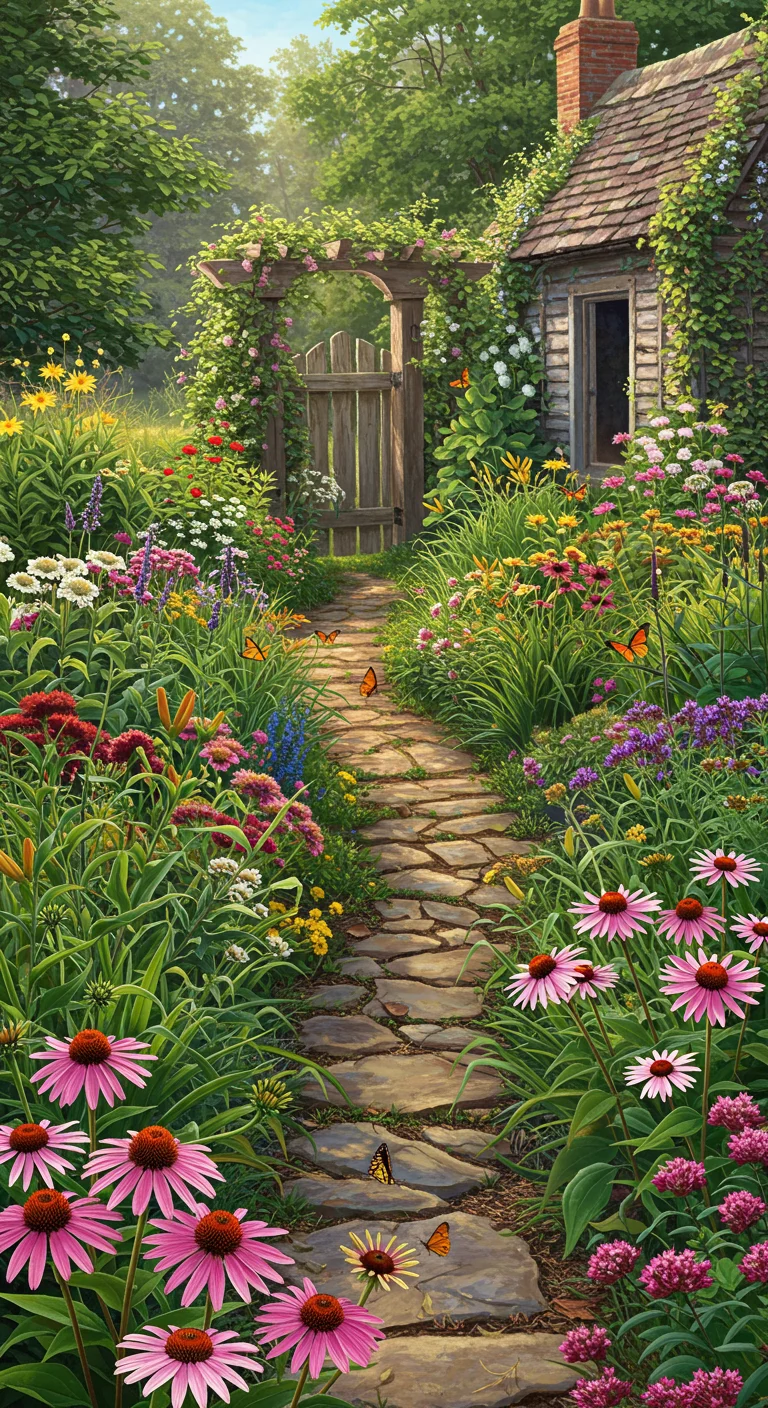
To ensure your cottage garden is both beautiful and low-maintenance year-round, selecting the right perennials is crucial. Opt for a diverse mix of perennials that bloom at different times throughout the seasons, such as echinacea, daylilies, and sedum. These hardy plants not only provide vibrant colors and textures but also require less frequent watering and care once established. Additionally, consider native plants, as they are adapted to your local climate and soil, offering resilience against pests and diseases. Grouping perennials based on their light and water needs will streamline maintenance tasks, allowing for a flourishing garden that remains visually appealing from spring through winter.
2. Embrace Native Plants for Resilience and Ease
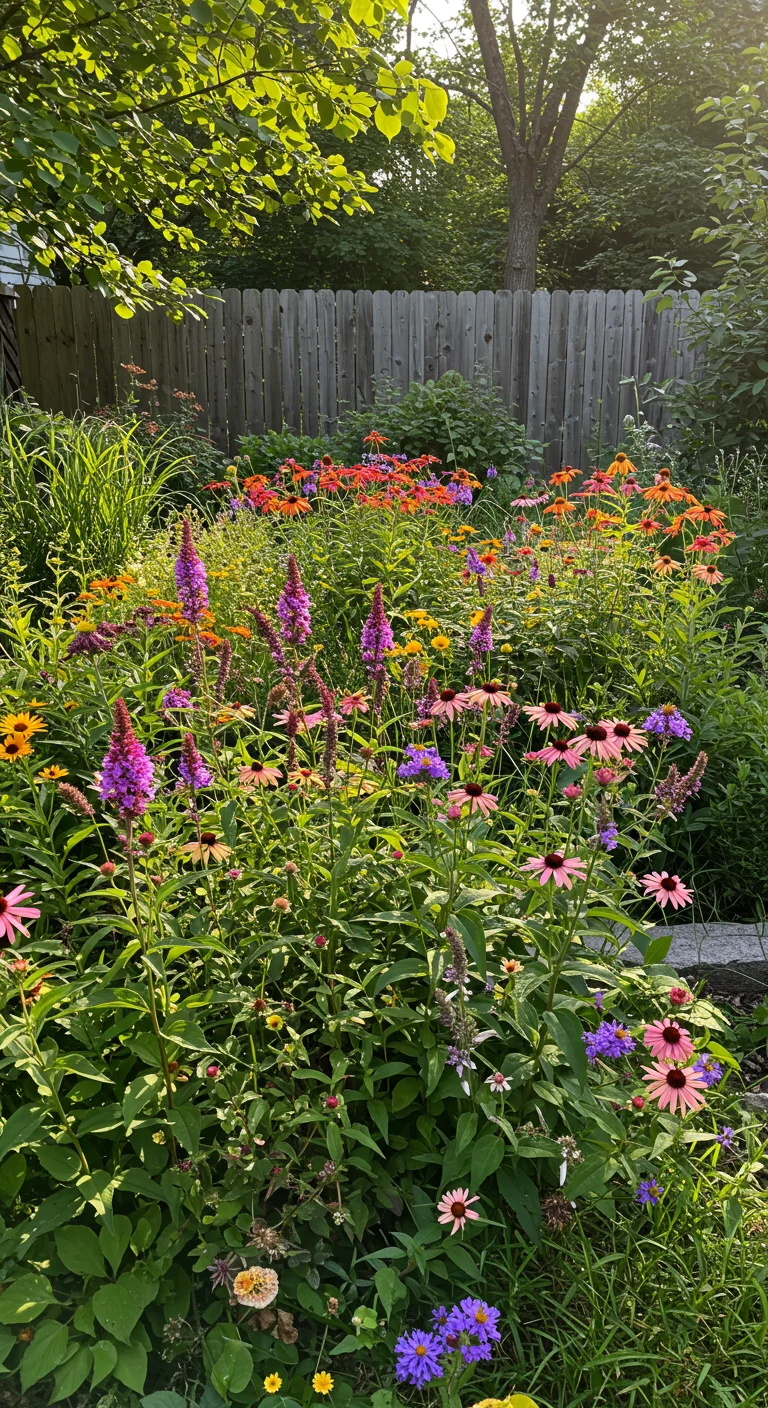
Embracing native plants is a cornerstone of creating a low-maintenance cottage garden that thrives with minimal intervention. Native plants are naturally adapted to your local climate, soil, and wildlife, requiring less water and fertilizer than non-native species. They not only enhance biodiversity by attracting beneficial pollinators like bees and butterflies but also establish deep root systems that improve soil health and reduce erosion. To create a resilient garden, start by researching plants that are indigenous to your region and choose a mix of perennials, shrubs, and grasses that bloom at different times throughout the year. This strategy not only ensures year-round color and texture but also creates a self-sustaining ecosystem that requires less upkeep, allowing you to enjoy the beauty of your garden with ease.
3. Layering: Create a Thriving Ecosystem with Minimal Effort
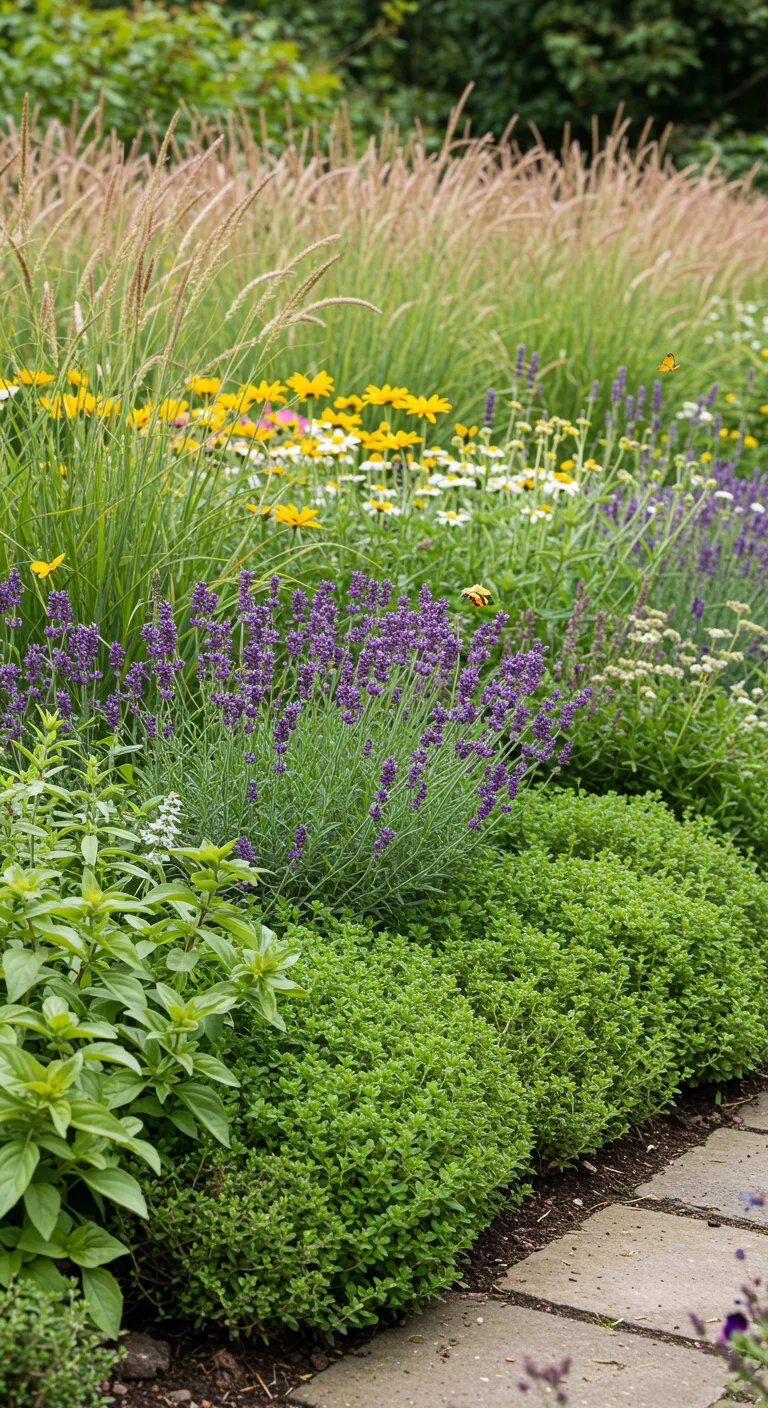
Layering is an essential technique for creating a thriving cottage garden ecosystem with minimal effort. By planting taller plants at the back and shorter ones in the front, you maximize space and sunlight exposure, which encourages healthy growth. Incorporating a mix of perennials and annuals reduces the need for replanting each season, while ground covers such as creeping thyme can suppress weeds and retain soil moisture. Additionally, layering different types of plants—like ornamental grasses, vibrant flowers, and aromatic herbs—not only adds visual interest but also attracts beneficial insects and pollinators, enhancing biodiversity. This strategic plant arrangement creates a self-sustaining environment that requires less maintenance and watering, allowing you to enjoy your garden without the constant upkeep.
4. Implement Smart Watering Solutions for Stress-Free Hydration

Implementing smart watering solutions can significantly reduce the maintenance needs of your cottage garden while ensuring that your plants remain healthy and hydrated. Consider investing in drip irrigation systems or soaker hoses that deliver water directly to the roots, minimizing evaporation and runoff. Smart timers and moisture sensors can automate watering schedules based on the weather and soil moisture levels, so you only water when necessary. Additionally, incorporating rain barrels can capture and utilize rainwater for irrigation, further enhancing sustainability. By adopting these technologies, you not only save time and effort but also conserve water, making your garden more eco-friendly and stress-free.
5. Mulch Magic: The Secret to Weed Control and Moisture Retention
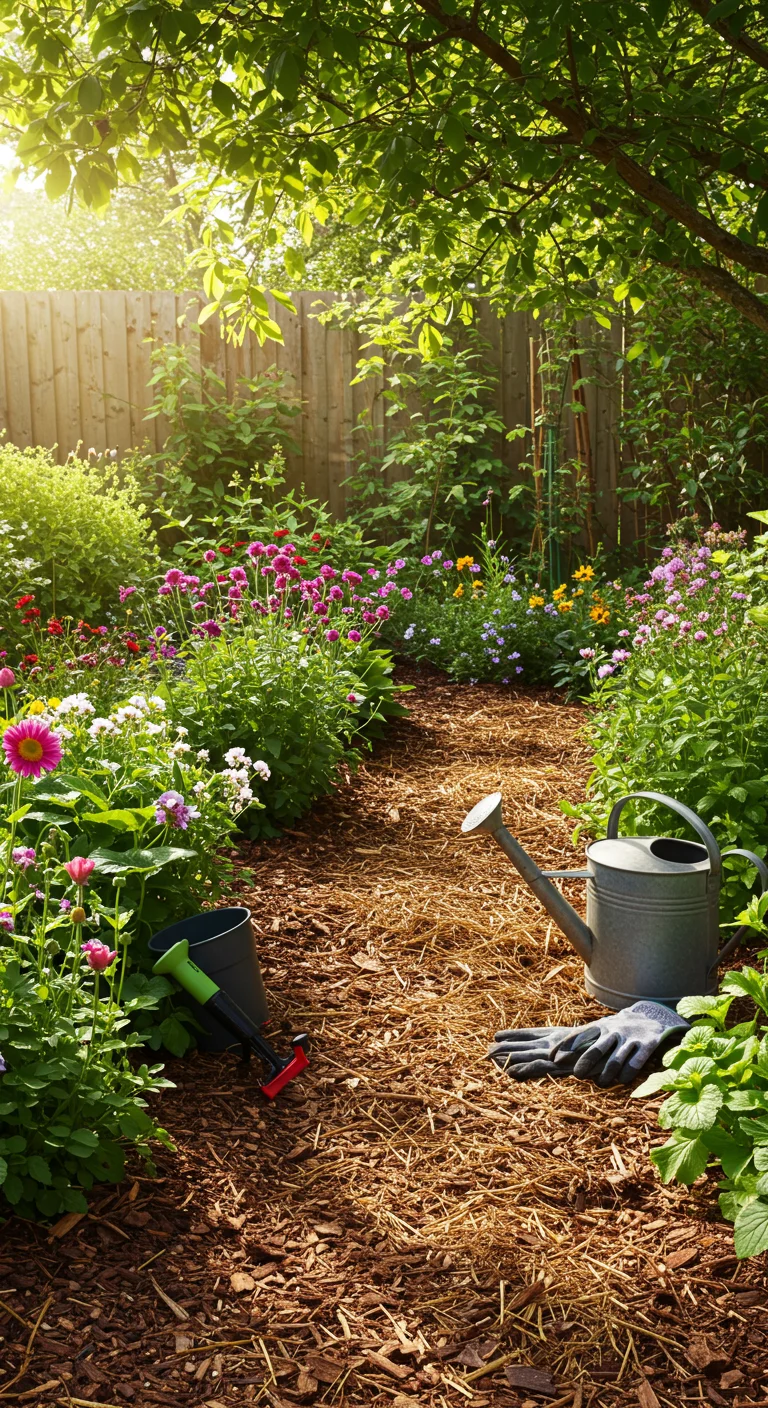
Mulching is an essential practice for anyone looking to create a low-maintenance cottage garden. By applying a layer of organic material, such as wood chips, straw, or shredded leaves, around your plants, you not only suppress weed growth but also retain soil moisture, reducing the need for frequent watering. Mulch acts as an insulator, moderating soil temperature and providing nutrients as it breaks down. Additionally, it helps to prevent soil erosion and improves the overall health of your garden. To maximize the benefits, ensure the mulch layer is about 2-4 inches thick and keep it a few inches away from plant stems to prevent rot. This simple yet effective technique can transform your garden into a flourishing landscape with minimal effort.
6. Design with Structure: Hardscaping for Lasting Charm

Incorporating hardscaping elements into your cottage garden design adds both structure and charm, creating a visually appealing landscape that requires minimal upkeep. Consider using materials like stone, brick, or gravel to create pathways, seating areas, and borders that define spaces while allowing for efficient drainage. Raised beds made from timber or stone can elevate plantings, making them more accessible and reducing the need for bending or kneeling. Additionally, integrating features like trellises, arbors, or decorative fencing can provide vertical interest and support climbing plants, which can help in maximizing space. By thoughtfully planning these hardscaping components, you enhance the garden’s aesthetic while ensuring it remains low-maintenance and functional throughout the seasons.

